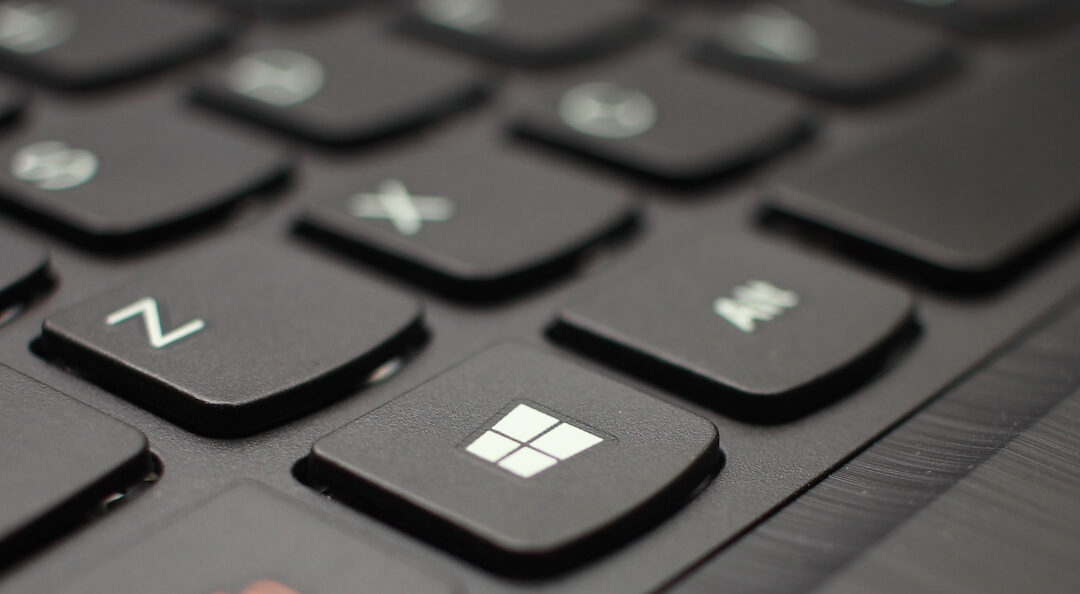In the early days of the Windows 10 roll out there were lots of painful issues. Today, it is mostly painless to use Windows 10. Most of the early issues were hardware related, and a new computer will have hardware which has been tested for Windows 10. If you buy a new computer with Windows 10 on it, you will probably have no issues.
One real issue that I see with Windows 10, is its propensity to change customized settings. When Microsoft updates Windows 10, you don’t get to choose whether or not these updates get applied. Often when these updates are applied, they will change your customized settings back to default settings that Microsoft prefers. So, if you set it up to use Chrome or Firefox as your default browser, an update might change it back to MS Edge. It may even remove the icons for Firefox or Chrome from your desktop.
So why change to Windows 10? If there are annoyances and difficulties for the normal user, why would anyone use it? Sure, it is much more secure than previous Windows versions. It is also “lighter on its feet”, meaning that it will feel quicker than the older versions. But is that enough to convince us to make the change?
As it turns out these questions are moot. At some point you will replace your computer, and you will not have a choice. If you stick with Windows, it will be Win10 or whatever they are calling it then. So, we may as well resign ourselves to this new version of Windows being in our future or decide to leave the Windows ecosystem.
If you have wondered just what Windows 10 looks like, you could stop by any store that sells computers and play with one a bit. There will probably be a nice person working in the store who will assist you if needed. My guess is that you will not find it terribly different than your Windows 7 computer. There is a bit of a learning curve to discover the new icons, and how things are presented.

